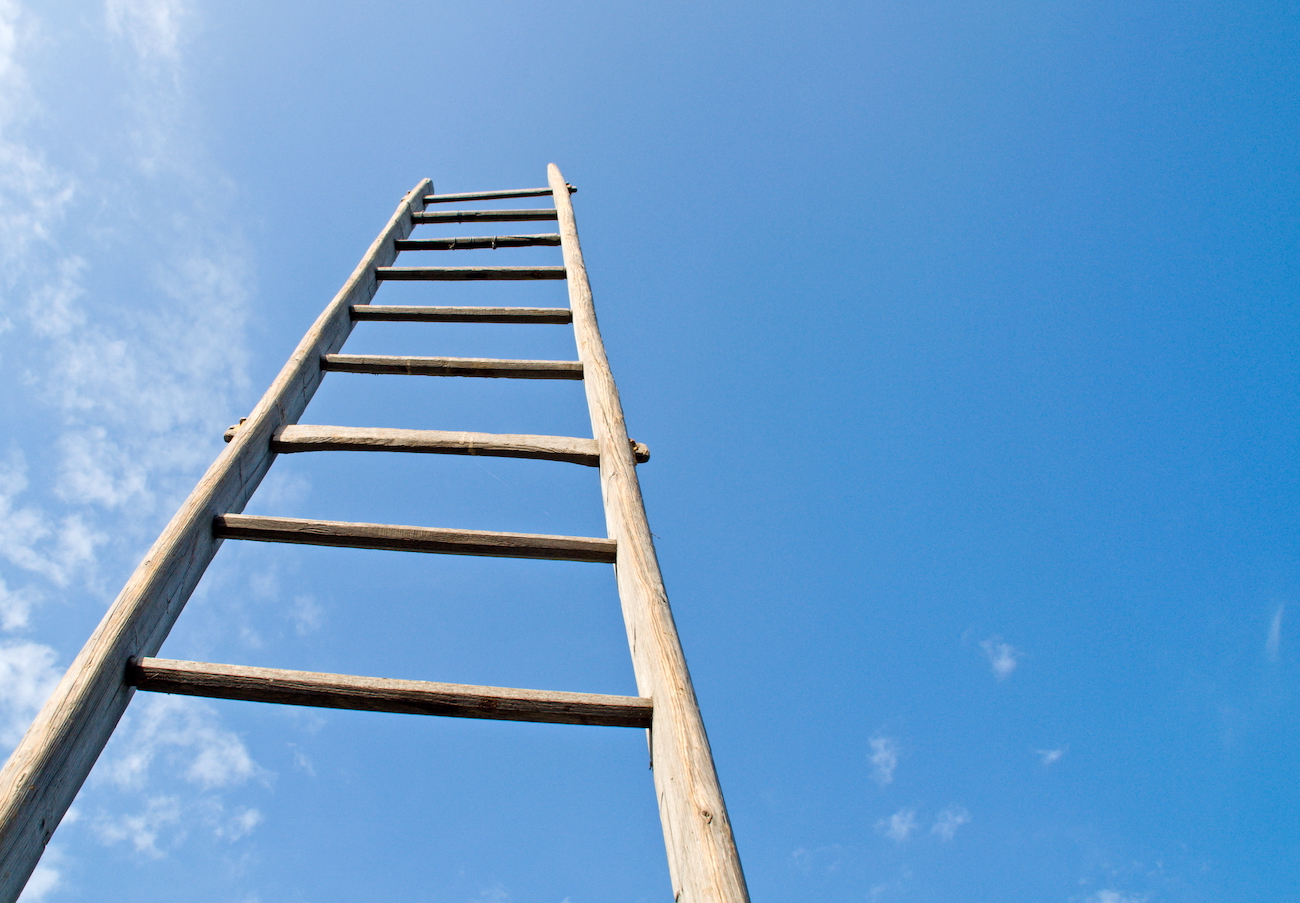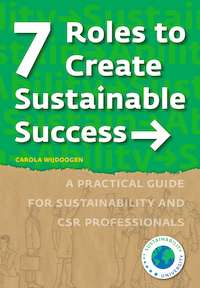7 roles to create sustainable success
Ellen Weinreb
Fri, 10/02/2020 – 00:30
There is a lot of talk right now about systems change, and for good reason: With so many people experiencing the effects of several major crises — the pandemic, the recession, racism and the ongoing climate crisis — we have a narrow window of opportunity for change. As they say, a crisis is a terrible thing to waste.
As someone who works at the intersection of human resources and sustainability, I’m fascinated by the question of who is leading this change, and how they can do so effectively. That’s why I was pleased to read Carola Wijdoogen’s new book, “7 Roles to Create Sustainable Success: A Practical Guide for Sustainability and CSR Professionals,” which launches Oct. 6.
Wijdoogen spent several years as chief sustainability officer at the Dutch passenger train operator NS, leaving in 2019 to start Sustainability University Foundation, a platform she co-founded to empower sustainability professionals through peer-to-peer learning and research.

In the foreword, Peter Bakker, president and CEO of the World Business Council for Sustainable Development, described right now as “a pivotal moment for business to lead the way in achieving a world where more than 9 billion people have a decent quality of life within the boundaries of our planet by 2050.”
We have the blueprints to make this happen, from the Paris Agreement to the United Nations Sustainable Development Goals, but we need people who can get us there. That’s where Wijdoogen’s book comes in.
Wijdoogen points out that there’s no “one-size-fits-all” approach to sustainability, but every sustainability team deploys seven common roles at some point:
1. The Networker: Wijdoogen describes two types of networking roles: Stakeholder engagement and peer networks. Both serve to enhance and focus a company’s sustainability program, and both support learning. Networkers also can help companies identify opportunity and risk early on.
2. The Strategist: This role is all about creating the sustainability vision and mission by defining the organization’s “why” when it comes to sustainability, whether that’s about growing profits, reducing risk, enhancing reputation, accelerating innovation, crystalizing the firm’s growth plan or something else.
3. The Coordinator and Initiator: These roles support and spur implementation across the organization, so the people in this role must deeply understand the CSR mission, strategy and plan and how the organization works so they can “anchor sustainability in the structure, system and processes” of the company.
4. The Stimulator and Connector: If the coordinator sets up the system to make taking action easier, the stimulator makes others want to take action. They’re the ambassadors for sustainability who influence organizational culture and make desired behaviors stick.
5. The Mentor: Put simply, mentors empower others. In this chapter, Wijdoogen describes how to make sustainability relevant to different teams and how to encourage individuals to understand its relevance to their own role and career growth. Those in the mentor role also could heed the advice of Imperative’s Workforce Purpose Index on how to improve employee fulfillment, which I wrote about in 2019.
6. The Innovator: Wijdoogen breaks down how sustainability can be used toward innovation in different areas — from new products and services to the design process to new business models. She writes that part of the innovator’s role is to help the company understand how sustainability can be a growth opportunity — something that’s about expanding, not limiting, potential.
7. The Monitor: The people who do measurement, reporting and analysis — the wonks of sustainability — help their companies learn from successes and failures. As I have written recently, there’s a proliferation of sustainability frameworks, and the monitor can help their companies understand and use these frameworks for greater impact.
While the roles Wijdoogen describes are nothing new, the way she presents them is invaluable. She boils down each role to its essence — defining it, explaining its purpose and sharing examples to illustrate what they look like in practice. She also provides a toolbox of tips at the end of each chapter.
Applying this framework
In the past, I have written about different frameworks on sustainability roles and competencies, and Wijdoogen’s book should sit alongside these articles. They are great resources to review if you’re reflecting on the people side of sustainability, particularly if you’re in one of the following situations:
Changing your team: When you have a new team or a new leader, the book can help everyone understand different roles, who holds special skills and how to deploy them effectively.
Starting out in sustainability: The book also would be useful to people about to start in sustainability, whether it’s their first job or they are switching careers; the book can provide a primer on different roles you might play and how to play them effectively.
Hiring: Hiring managers can use the book to understand what roles are missing and which competencies are important to hire for.
Starting a new strategy: Finally, I can imagine people flipping through this book when starting a new strategy or initiative: What will you need to really make this new thing stick? Who will play those roles?
For many of us in sustainability, this year has given us pause for reflection on the work we’re doing and how we’re doing it. This makes Wijdoogen’s book well-timed as we consider how collectively these seven roles can feed the systems change we desperately need.
To learn more, the book launch is taking place at 10 a.m. EDT Oct. 6 via Zoom and open to the public. Registration is at this link.

